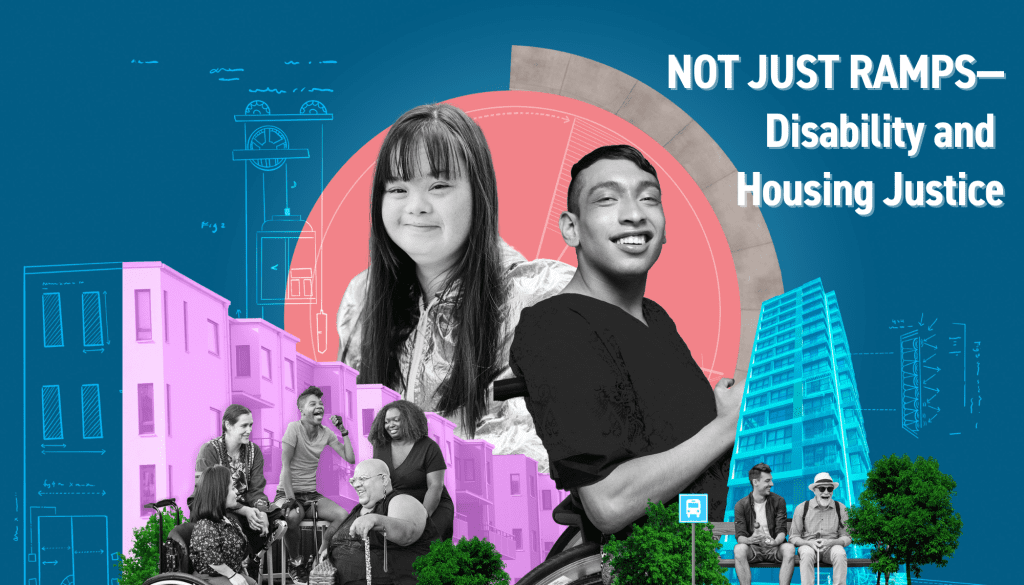
Under the Lens
Not Just Ramps—Disability and Housing Justice
Disability and housing intersect in many ways. In this series we delve into some of the different laws that are supposed to require accessible spaces and reduce discrimination, and explore tactics and resources housing developers can use to create disability-forward housing.
Disability Justice and Equity in Housing

All Articles
sort by Date
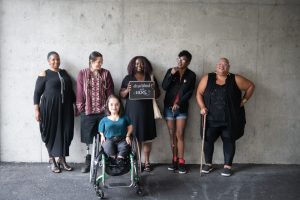
Which U.S. Laws Require Accessibility in Housing—And How Well Do They Do?
Activists have been fighting for decades to expand accessible housing for disabled residents. They’ve made progress, but say that current regulations and enforcement don’t go far enough.

Cross-Disability Design Makes Housing Better for Everyone
Affordable housing projects should incorporate a range of accessibility features, going above and beyond code requirements.
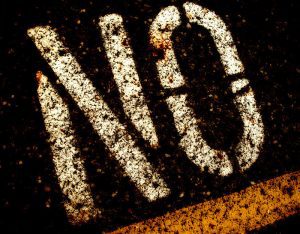
Accessible Housing Is Not Just About How Buildings Are Built
The ways in which buildings are managed after they are built also affects how accessible and inclusive they are.

The [Un]Affordability of Accessibility: The Challenge of Retrofitting American Homes
Home modifications vary greatly in form and cost, a challenge for disabled residents whose homes aren’t accessible to them.
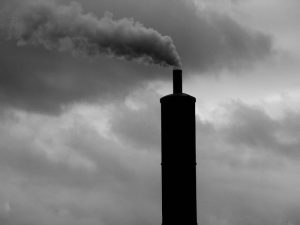
Making Housing More Accessible for People With Multiple Chemical Sensitivities
Accessibility for this challenging disability can look different from other measures—but addressing it could help improve everyone’s health.
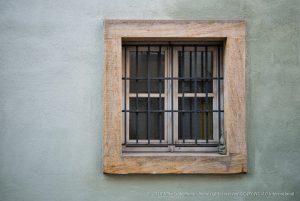
How the Housing Shortage Is Forcing People With Disabilities Into Institutions
People with disabilities have the constitutional right to choose community-based care rather than institutionalization, but without enough accessible, affordable units, some are still being forced to live in nursing homes.
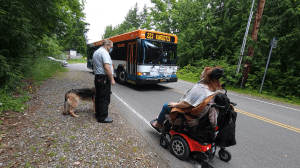
The Road to Transportation Equity: Listening to Non-Drivers
Laying the groundwork for transportation equity can start with listening to disabled people’s experiences of infrastructure for non-drivers.

Why Aren’t Homeless Shelters Accommodating People Who Have Disabilities?
With homelessness on the rise, the U.S. shelter system is ill-equipped to accommodate disabled occupants.
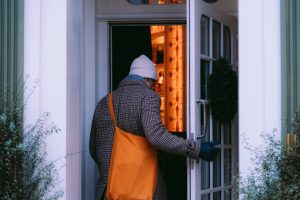
Developing Housing that Welcomes People With Developmental Disabilities
Not everyone with intellectual and developmental disabilities needs to live in a highly structured group home. There are ways to make integrated, independent living work.

Poor by Design: SSI Asset Caps
Asset caps on SSI and other benefits keep people with disabilities from building up emergency savings and financial security—or buying a home.
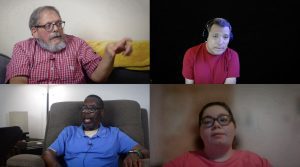
What Makes Our Homes Accessible?
Four disability activists tell us what they needed to make their homes accessible, and how difficult it can be to find accessible housing.

All New Homes Should Be Accessible
Because so many old buildings are hard to fully retrofit, new homes need to fill in the gap.

Shelterforce Weekly
Like what you’re reading? Subscribe and make sure you get new articles and more in your inbox every week.
